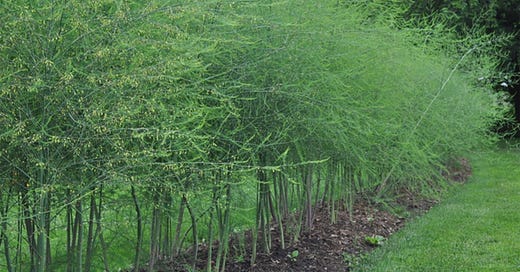Gold Medal Award-Winning Plants
The Pennsylvania Horticultural Society's picks for great plants for the mid-Atlantic region...and beyond!
Keep reading with a 7-day free trial
Subscribe to Beyond The Garden Basics with Farmer Fred to keep reading this post and get 7 days of free access to the full post archives.



